Choose your player!
As we gear up for our Artemis I mission to the Moon — the mission that will prepare us to send the first woman and the first person of color to the lunar surface — we have an important task for you (yes, you!). Artemis I will be the first integrated test flight of the Space Launch System (SLS) rocket and the Orion crew capsule. Although there won’t be any humans aboard Orion, there will be a very important crewmember: the Moonikin!
The Moonikin is a manikin, or anatomical human model, that will be used to gather data on the vibrations that human crewmembers will experience during future Artemis missions. But the Moonikin is currently missing something incredibly important — a name!
There are eight names in the running, and each one reflects an important piece of NASA’s past or a reference to the Artemis program:
ACE stands for Artemis Crew Explorer. This is a very practical name, as the Moonikin will be a member of the first official “crew” aboard Artemis I.
The Moonikin will occupy the commander’s seat inside Orion, be equipped with two radiation sensors, and wear a first-generation Orion Crew Survival System suit—a spacesuit astronauts will wear during launch, entry, and other dynamic phases of their missions. The Moonikin will also be accompanied by phantoms, which are manikins without arms or legs: Zohar from the Israel Space Agency and Helga from the German Aerospace Center. Zohar and Helga will be participating in an investigation called the Matroshka AstroRad Radiation Experiment, which will provide valuable data on radiation levels experienced during missions to the Moon.
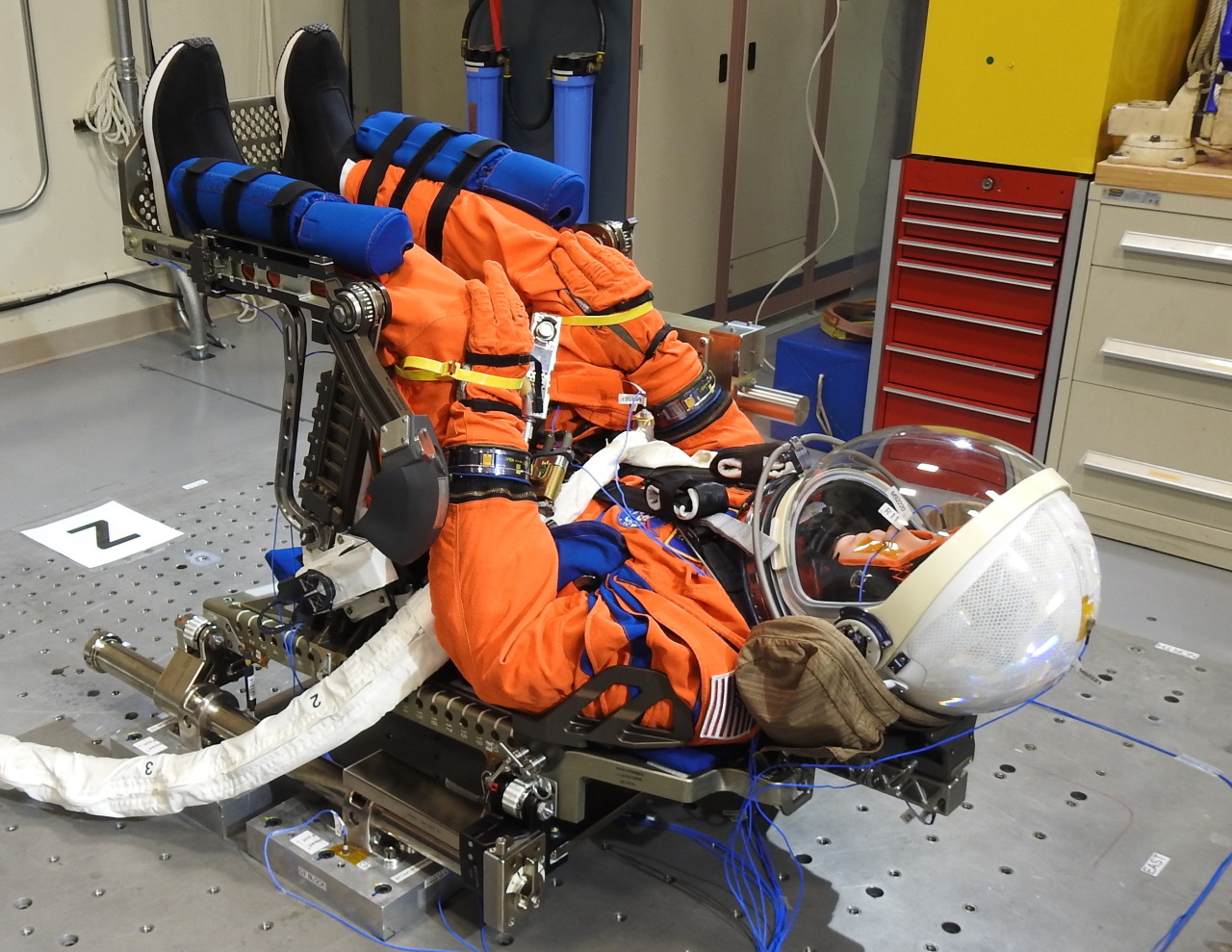
Campos is a reference to Arturo Campos, an electrical engineer at NASA who was instrumental to bringing the Apollo 13 crew safely back home.
Apollo 13 was on its way to attempt the third Moon landing when an oxygen tank exploded and forced the mission to abort. With hundreds of thousands of miles left in the journey, mission control teams at Johnson Space Center were forced to quickly develop procedures to bring the astronauts back home while simultaneously conserving power, water, and heat. Apollo 13 is considered a “successful failure,” because of the experience gained in rescuing the crew. In addition to being a key player in these efforts, Campos also established and served as the first president of the League of United Latin American Citizens Council 660, which was composed of Mexican-American engineers at NASA.
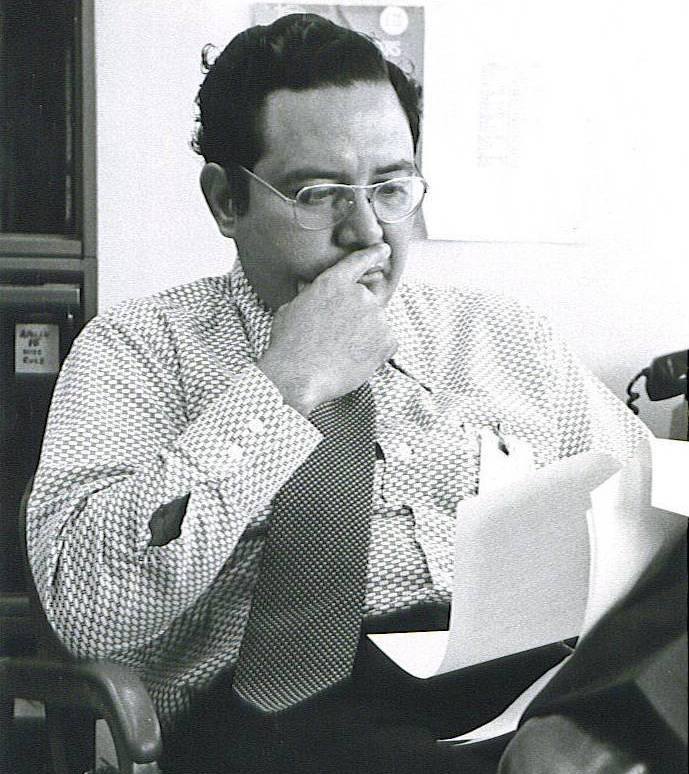
On June 26, 2017, our Terra satellite captured this image of the thousands of islands scattered across the Aegean Sea. One notable group, the Cyclades, sits in the central region of the Aegean. They encircle the tiny, sacred island of Delos.
According to Greek mythology, Delos was the island where the twin gods Apollo and Artemis were born.
The name is a recognition of the lessons learned during the Apollo program. Dr. Abe Silverstein, former director of NASA’s Glenn Research Center, said that he chose the name “Apollo” for the NASA’s first Moon landing program because image of “Apollo riding his chariot across the Sun was appropriate to the grand scale of the proposed program.” Between 1969 and 1972, we successfully landed 12 humans on the lunar surface — providing us with invaluable information as the Artemis program gears up to send the first woman and the first person of color to the Moon.

Duhart is a reference to Dr. Irene Duhart Long, the first African American woman to serve in the Senior Executive Service at Kennedy Space Center. As chief medical officer at the Florida spaceport, she was the first woman and the first person of color to hold that position. Her NASA career spanned 31 years.
Working in a male-dominated field, Long confronted — and overcame — many obstacles and challenges during her decorated career. She helped create the Spaceflight and Life Sciences Training Program at Kennedy, in partnership with Florida Agricultural and Mechanical University, a program that encouraged more women and people of color to explore careers in science.
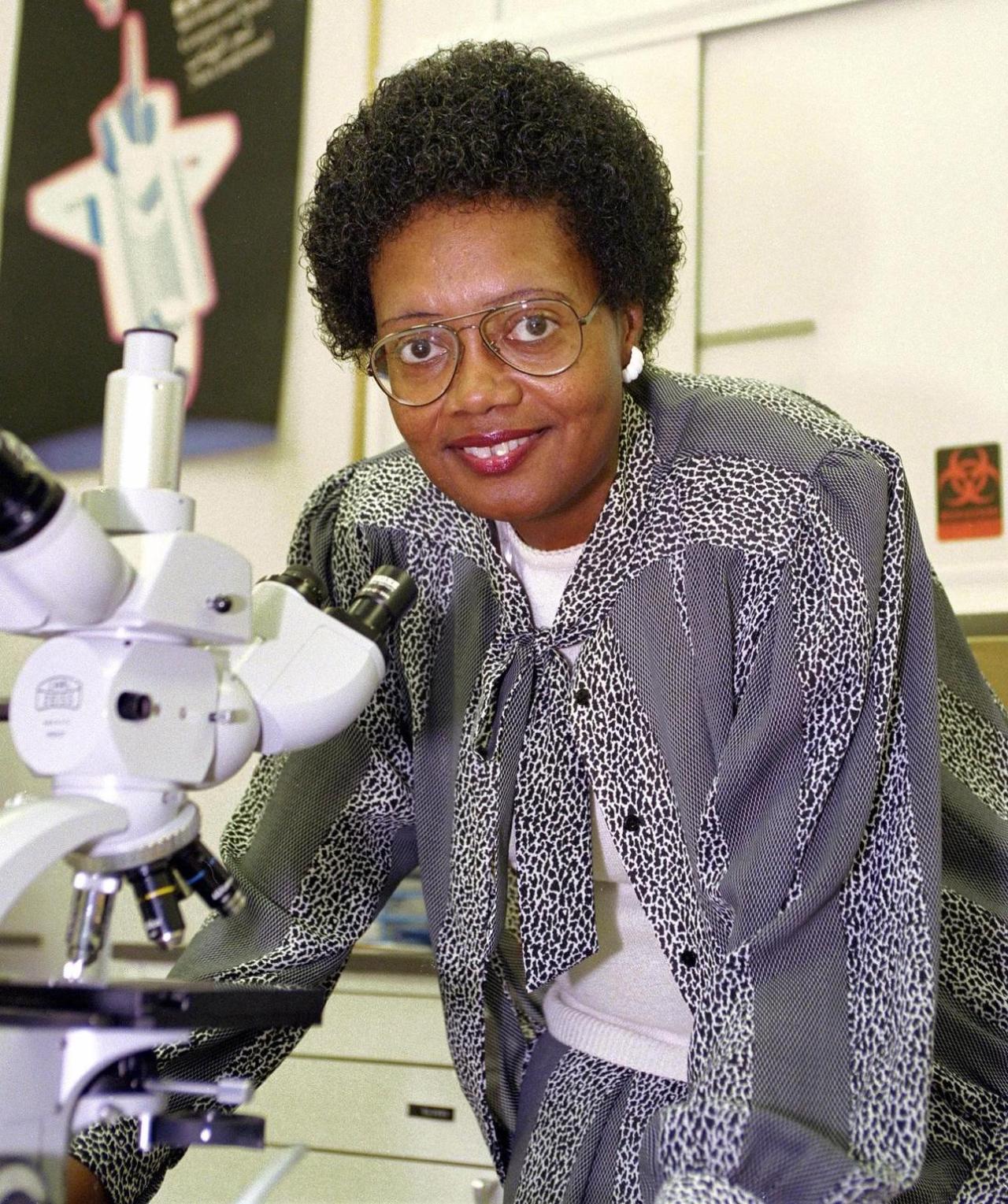
Montgomery is a reference to Julius Montgomery, the first African American ever hired at the Cape Canaveral Air Force Station to work as a technical professional. After earning a bachelor’s degree at Tuskegee Institute in Alabama, Montgomery served in the U.S. Air Force, where he earned a first class radio-telescope operator’s license. Montgomery began his Cape Canaveral career in 1956 as a member of the “Range Rats,” technicians who repaired malfunctioning ballistic missiles.
Montgomery was also the first African American to desegregate and graduate from Brevard Engineering College, now the Florida Institute of Technology in Melbourne, Florida.
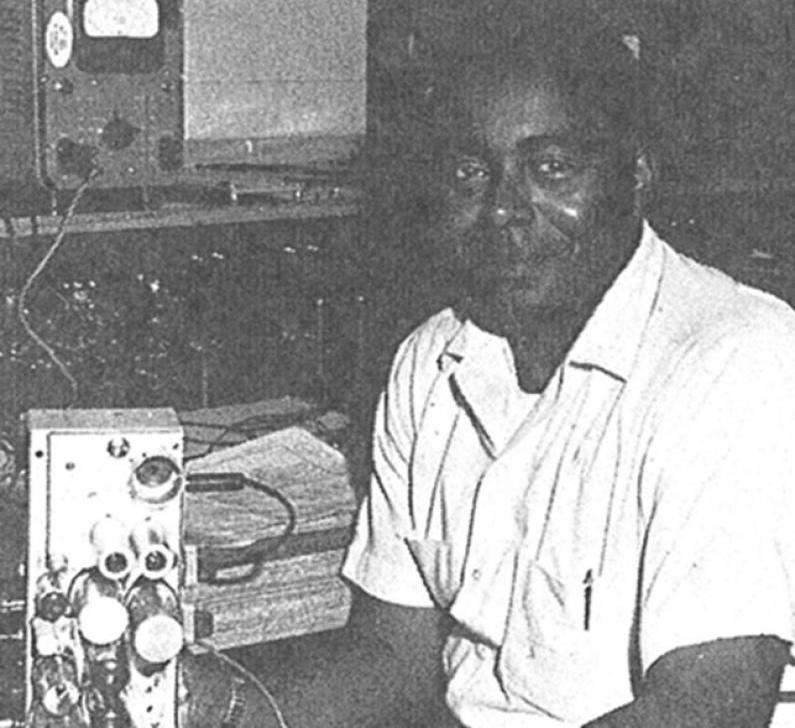
Rigel is one of the 10 brightest stars in Earth’s sky and forms part of the familiar constellation Orion. The blue supergiant is about 860 light-years from Earth.
The reference to Rigel is a nod toward the Orion spacecraft, which the Moonikin (and future Artemis astronauts!) will be riding aboard. Built to take humans farther than they’ve ever gone before, the Orion spacecraft will serve as the exploration vehicle that will carry crew into space and provide safe re-entry back to Earth.

Shackleton Crater is a crater on the Moon named after the Antarctic explorer, Ernest Shackleton. The interior of the crater receives almost no direct sunlight, which makes it very cold — the perfect place to find ice. Our Lunar Reconnaissance Orbiter spacecraft (LRO) returned data that ice may make up as much as 22% of the surface material in Shackleton!
Shackleton Crater is unique because even though most of it is permanently shadowed, three points on the rim remain collectively sunlit for more than 90% of the year. The crater is a prominent feature at the Moon’s South Pole, a region where NASA plans to send Artemis astronauts on future missions.
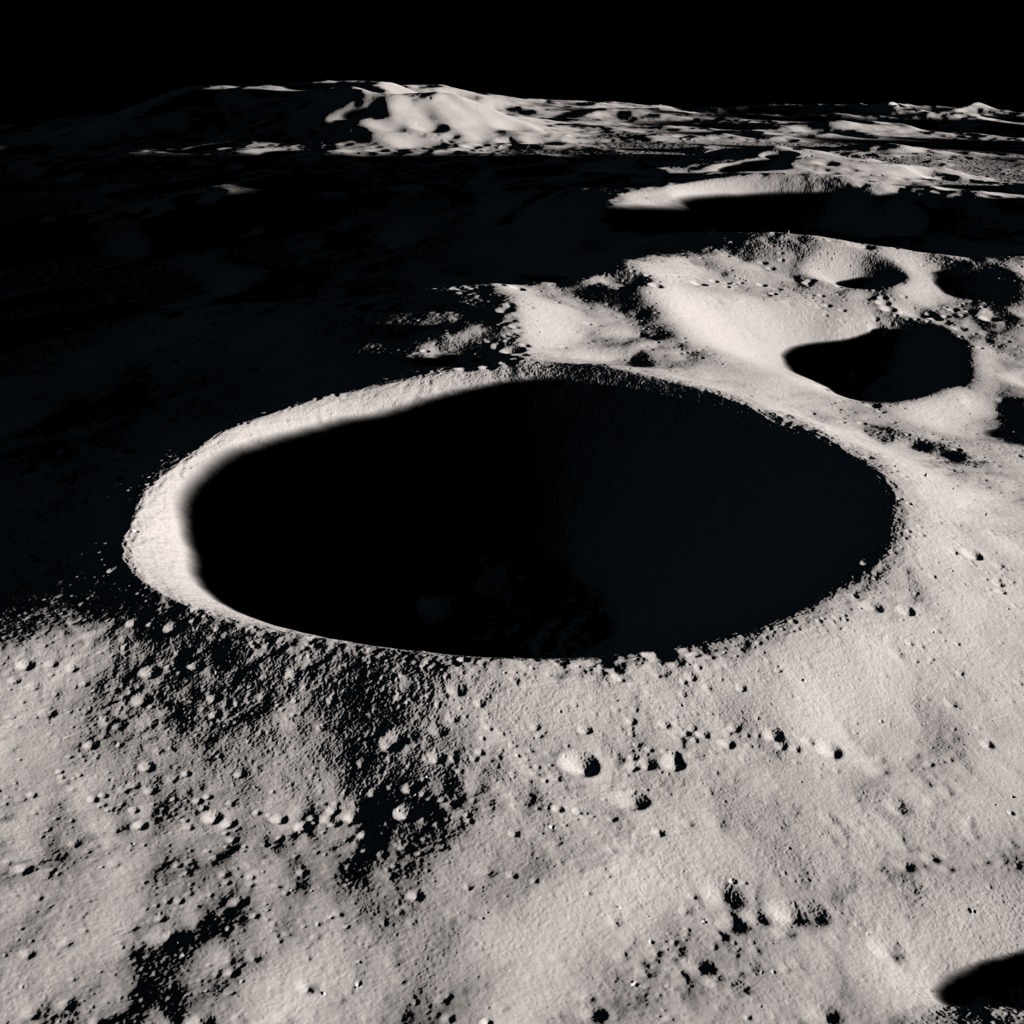
Wargo is a reference to Michael Wargo, who represented NASA as the first Chief Exploration Scientist for the Human Exploration and Operations Mission Directorate at NASA Headquarters. He was a leading contributor to the Lunar Reconnaissance Orbiter and the Lunar Crater Observation and Sensing Satellite (LCROSS), which launched together on to the Moon and confirmed water existed there in 2009.
Throughout his time as an instructor at MIT and his 20-year career at NASA, Wargo was known as a science ambassador to the public, and for his ability to explain complex scientific challenges and discoveries to less technical audiences. Following his sudden death in 2013, the International Astronomical Union posthumously named a crater on the far side of the Moon in his honor.
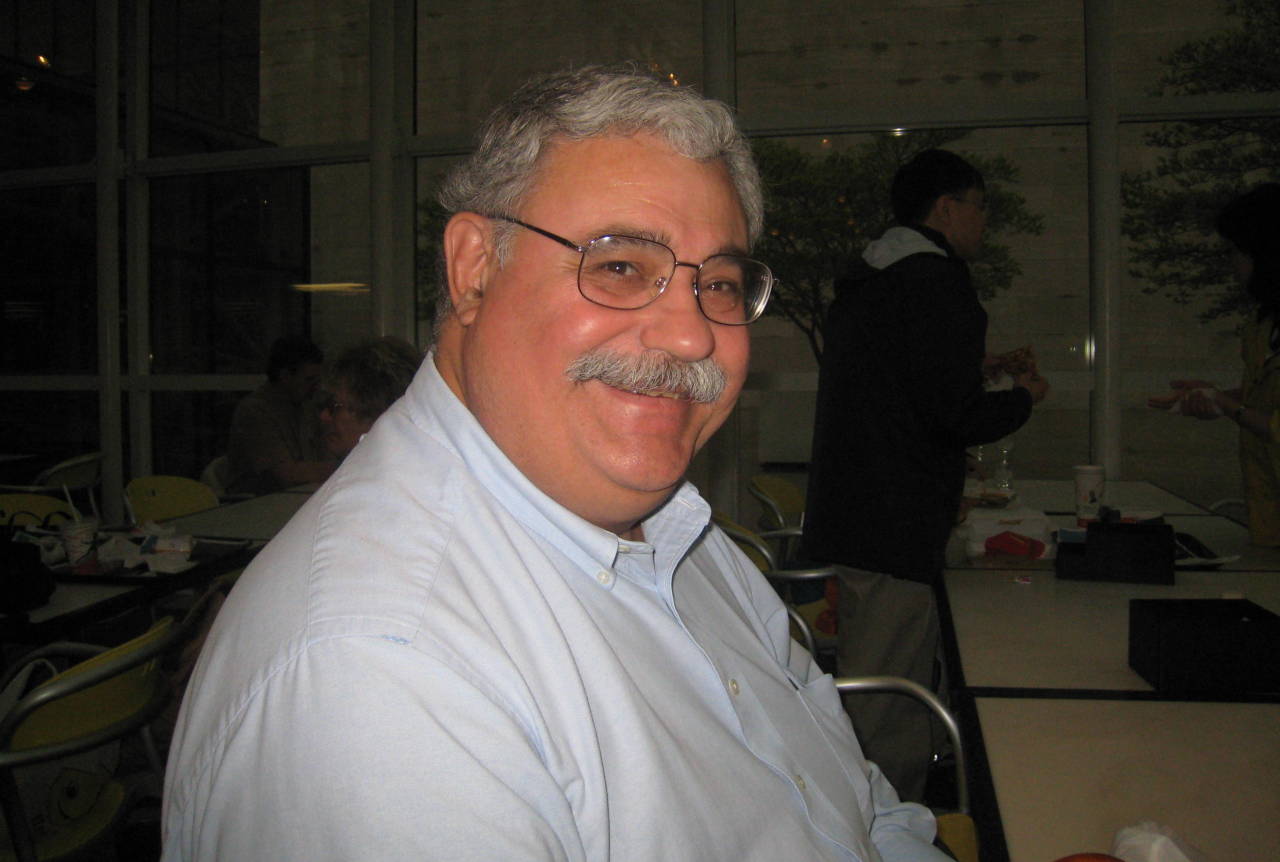
Make sure to follow us on Tumblr for your regular dose of space: http://nasa.tumblr.com.
source: nasa.tumblr.com